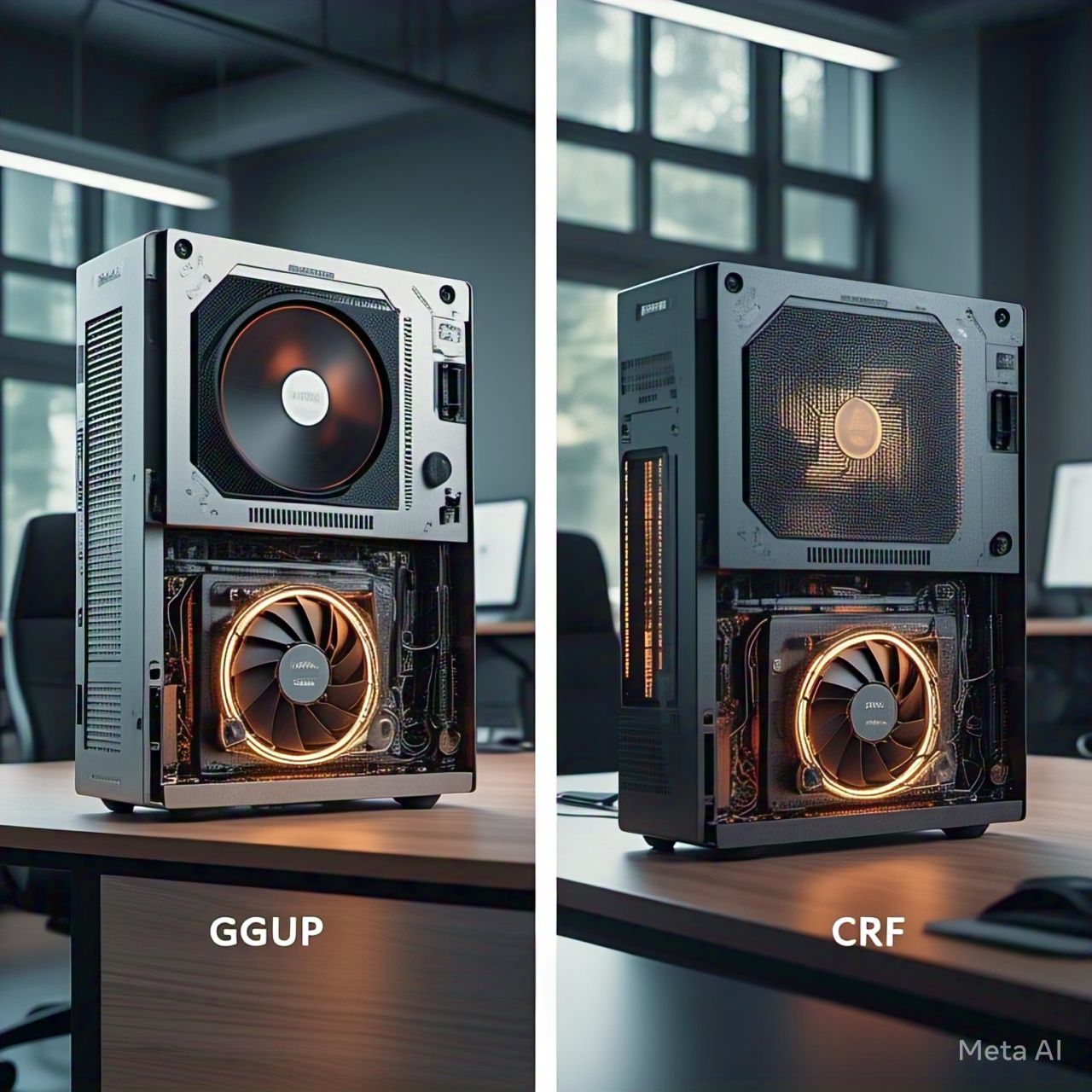Introduction
With the ever-increasing demand for smaller, faster, and more efficient electronic devices, managing heat dissipation in microchips has become a critical challenge. Excessive heat can degrade performance, shorten lifespan, and even cause catastrophic failures in electronic systems. Enter AI-assisted heat management, a groundbreaking approach that leverages artificial intelligence to optimize thermal regulation, enhance efficiency, and improve the overall reliability of microchips.
The Heat Management Challenge in Microchips
Modern microprocessors generate substantial amounts of heat due to high transistor densities and increased processing speeds. Traditional cooling methods, such as passive heat sinks, liquid cooling, and thermal interface materials, have limitations in adapting to real-time temperature fluctuations. As devices become more complex, a smarter, more adaptive solution is necessary.
How AI Enhances Heat Management
Artificial intelligence, particularly machine learning (ML) algorithms, plays a transformative role in heat management by analyzing thermal patterns, predicting overheating risks, and dynamically adjusting cooling mechanisms. Here are some key ways AI assists in microchip thermal management:
1. Real-Time Temperature Monitoring and Prediction
AI models can process data from thermal sensors embedded in microchips, detecting temperature variations in real time. By analyzing historical temperature trends, AI predicts potential overheating issues before they occur, allowing for preemptive cooling measures.
2. Dynamic Power and Workload Distribution
Machine learning algorithms optimize power allocation by redistributing workloads to cooler regions of the chip, reducing thermal hotspots. This process, known as thermal-aware task scheduling, enhances overall performance while maintaining safe operating temperatures.
3. AI-Guided Adaptive Cooling Mechanisms
AI can control cooling mechanisms such as fan speeds, liquid cooling flow rates, and phase-change materials dynamically based on the real-time thermal profile of the chip. This minimizes energy consumption while ensuring efficient heat dissipation.
4. Material Optimization Through AI Simulations
AI-driven simulations enable the discovery of advanced heat-resistant materials and thermal interface solutions. These materials enhance heat conduction and dissipation, improving microchip longevity and efficiency.
5. AI-Assisted Chip Design for Thermal Efficiency
By integrating AI in the early stages of chip design, engineers can optimize layouts to enhance heat dissipation. AI algorithms analyze various design configurations to identify the most thermally efficient structures, reducing heat buildup and improving performance.
Benefits of AI-Assisted Heat Management
The integration of AI in microchip heat management brings numerous advantages, including:
- Increased Device Lifespan: Reduced thermal stress extends the life of microchips, decreasing failure rates.
- Enhanced Performance: Maintaining optimal temperatures allows processors to sustain higher speeds without throttling.
- Energy Efficiency: AI-driven cooling adjustments optimize energy consumption, reducing power wastage.
- Cost Reduction: Improved thermal management minimizes the need for expensive cooling solutions and reduces maintenance costs.
Future Prospects
The future of AI-assisted heat management looks promising as advancements in deep learning, edge computing, and quantum computing pave the way for even more efficient cooling solutions. The integration of AI with neuromorphic computing and 3D chip stacking will further revolutionize heat dissipation strategies, enabling more compact and powerful electronic devices.
Conclusion
AI-assisted heat management in microchips represents a major leap forward in thermal efficiency, offering intelligent, adaptive, and predictive cooling solutions. As AI continues to evolve, its role in optimizing microchip performance and longevity will become even more indispensable, driving innovation in electronics and computing technology.




